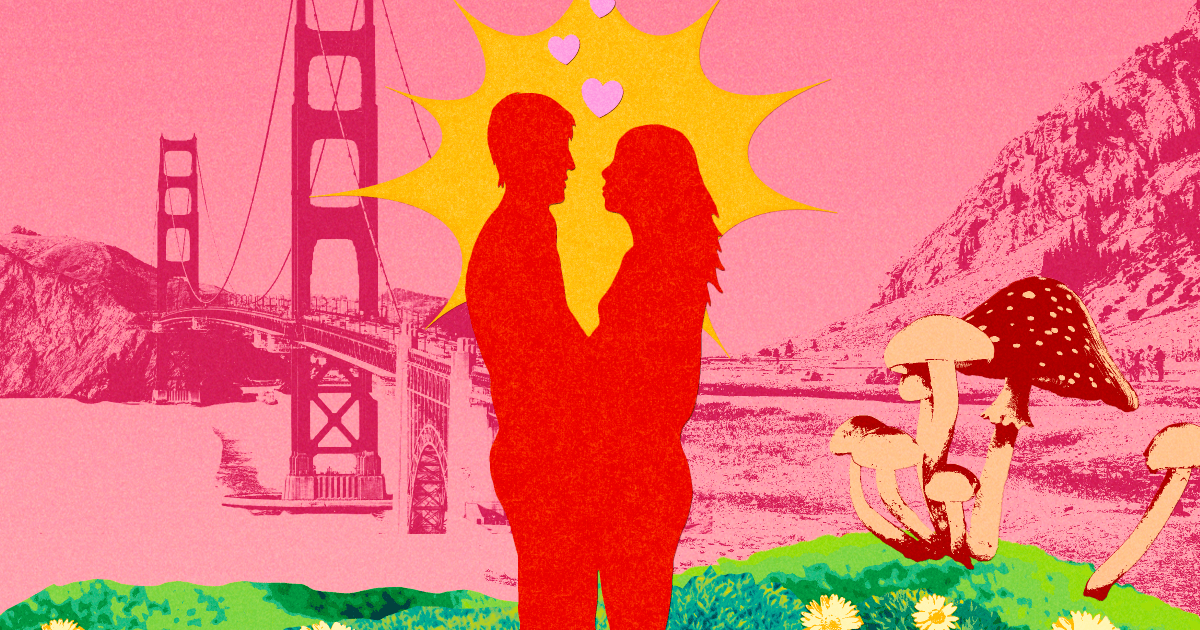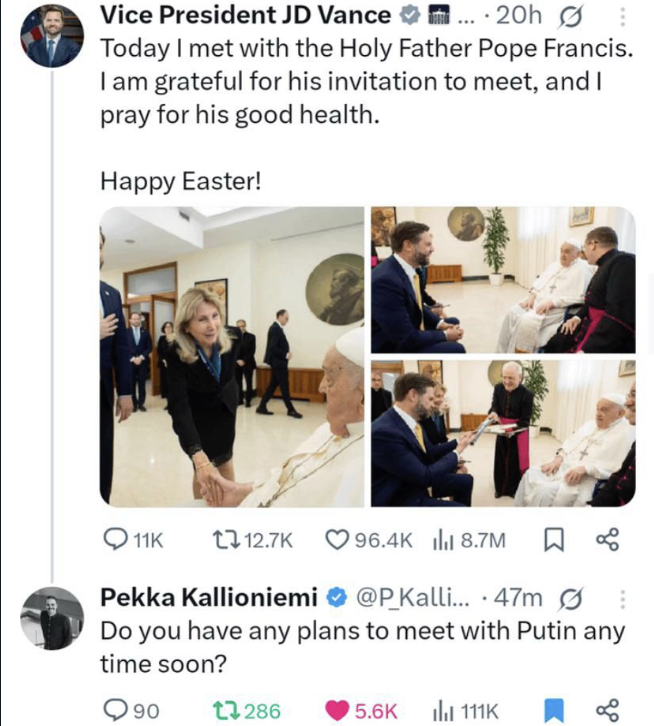I’ve always regarded the idea of “fake news” as something between a misnomer and a triviality, indicating the falsity of its own message. Anytime someone says something is fake news, I immediately think it might well be true.
But recently, fake news seems to be getting very, very real.
The argument in favour of not taking the earnest and righteous proponents of the terrible evils of fake news too seriously is simply that falsity is a necessary consequence of a big increase in the flow of information. And aren't we all living in that peculiar age? If you value the free flow of information, then you have to take the rough with some of the smooth, this argument runs.
For example, the invention of the Gutenberg printing press around 1450 marked a pivotal moment, dramatically increasing the speed and scale at which information - both accurate and inaccurate - could be disseminated, reducing the cost of doing so.
All this went swimmingly until the "Great Moon Hoax" of 1835, in which South Africa played a bit-part role. The New York Sun, what we would today call a tabloid newspaper, published a six-part series claiming that Sir John Herschel, a prominent (real) British astronomer, had discovered life on the moon using a fantastically powerful telescope stationed in South Africa.
Apparently, there were oceans, beaches, and forests on the moon, which seems reasonable enough. But there were also goat-unicorn hybrids and man-bats (called Vespertilio-homo), which, you know, stretches credulity little.
The series was intended to increase what we would now call “clicks”, and what at that time were called “newspaper sales”, something that doesn’t happen much any more. The Sun’s circulation skyrocketed as a result. According to some estimates, it became the most widely read newspaper in the world at the time. But here is the fun part: the paper admitted it was a hoax, but there was no backlash because readers, by and large, treated it more as a delightful prank.
There were even “influencers” involved! Edgar Allan Poe accused (somewhat tongue-in-cheek) the journalist Richard Adams Locke, who wrote the series, of plagiarism because Poe had written a satirical story about lunar travel earlier.
The hoax was treated as a joke, but later instances of fake news were decidedly not. The most infamous was the 1938 radio adaptation of H.G. Wells' "The War of the Worlds," airing October 30, the night before Halloween. Orson Welles put on the show as part of his Mercury Theatre on the Air; it was not presented in fictional format, but instead as a faux news broadcast, interrupting an evening of music programming with (also fictional) “breaking news” bulletins.
The lead-in was: “We interrupt this program to bring you an important bulletin from Grovers Mill, New Jersey...” and listeners tuning in late heard what sounded like actual journalists describing Martian cylinders landing, heat-rays vaporising crowds, and military defeats in chilling detail.
In theory, the radio show created “widespread panic”. There was a bit: thousands of people in New Jersey and New York fled or called the police. But there wasn’t as much as - surprise, surprise - the newspapers reporting on the event claimed. The headline in the New York Times the next day was "Radio Listeners in Panic, Taking War Drama as Fact", which may or may not have been a subtle dig at the new popular medium luring readers away from newspapers.
Again, there were influencers. Orson Welles became enormously famous with the incident launching his Hollywood career. And again, righteous indignation and state response followed. The broadcast prompted Federal Communications Commission scrutiny of radio programming.
These incidents and thousands upon thousands of others began what you might call the traditional media ethics debates. These centre around freedom of expression, who decides what is “fake”, and the danger that today’s regulation can turn into tomorrow's censorship. There is also a debate around the argument that censorship can backfire, creating martyrs or reinforcing conspiracy theories.
The debates around traditional media ethics lean heavily on the notion that the best remedy for fake news is not less information but more. This conclusion has been influenced by heavy-weight media censorship during the Second World War and within the Soviet Union.
It is not well known now, but Nazi-era German radios were deliberately limited to reinforce state control over information. While they weren't hardwired to a single station, they were rigged to favour Nazi broadcasts and hinder foreign access. They did this by making what was called the Volksempfänger very cheap and widely available, but it only allowed the reception of medium- and long-wave frequencies used by German stations. The receiver had low sensitivity, making it hard to pick up distant or non-local stations.
In the Soviet era, this system was intensified in communist countries. All radio was state-run, only approved narratives were allowed, foreign radio was jammed, radios sold to the public were often pre-tuned or limited to block foreign shortwave frequencies, and some regions only received one or two state channels.
The West, proud to contrast itself with Soviet practice, has long favoured a free-speech approach. The concept was not without its critics, particularly from left-wing academics like Herbert Marcuse and Noam Chomsky, who developed the notion of “manufactured consent” based on media ownership.
Free speech in the West was seen as illusory because it was tied to ownership and the influence of “capital” since only those with access to scaled media platforms and publishing houses with real financial backing could speak meaningfully, they argued. Neither was the notion consistent: civil rights activists, anti-war protesters, and socialists faced surveillance, blacklisting, and arrests.
Generally, the argument went, free speech only travelled so far: Western free speech tolerated hate speech, misinformation, and racism in the name of liberty and liberalism. But it was also quick to suppress radical critiques of capitalism, empire, or militarism.
Yet these critiques were, to some extent, arguments by default rather than arguments of fact. The critique and cynicism of the Soviet governments and their supporters in the West about free speech was somewhat rooted in a defence of their own much more restrictive media regimes. There were, of course, hypocrisies involved in the Western notion, but nothing compared to the ruthlessness and suppression of ideas in the realms of the Soviet press.
And then all of that came tumbling down with the implosion of the Soviet bloc and with it, the idea of free speech has become an article of faith. Until now.
What changed? In short, lots.
During the Cold War era, the battle lines were drawn essentially between state control and individual expression; the more authoritarian the State, the more repressive the free speech regime. Now, the context is much more fragmented, and there are gazillions of new ideas in play, including technology, geopolitics and corporate power.
Previously, the gatekeepers of the notion of free speech were institutions which had a powerful incentive to reflect reality objectively, or at least that is how they described it. The idea of “objectivity” entailed some fundamental journalistic concepts often reflected in constitutional regimes too: hear both sides, be fair-minded, reflect all sides of the debate, and so on. Journalists themselves could be cynical about these ideas and often were. But broadly, the idea was not rejected out of hand, despite the laced paternalism it contained.
Compare that with what we have to deal with today: corporate power in information distribution is much more centralised; tech giants have different incentive regimes; there has been a widespread rise in deliberate disinformation; deep fakes are now as common as are conspiracy theories.
Essentially, the barriers to entry that the leftwing academics were so critical of during the Soviet era have been decimated; everyone is now their own media empire. Including me! Huzzah! The result is a cacophony (and not a very pleasant one) and yet simultaneously wonderfully free.
From the outside, it seems as if speaking the truth has never been more varied and less consistent. Ad-driven content leads to sensationalism and then there is this weird thing called algorithmic reinforcement. You can speak your truth, but only if it performs well. And it turns out that the non-truth, the partial truth and what I call “truthiness” perform just as well as the actual truth, sometimes better!
It’s now necessary to distinguish between at least three things: Misinformation, which is information shared without realising it is false; disinformation, which is intentionally false information distributed to cause harm or deceive; and malinformation, which is genuine information shared out of context with the intention of misleading. That's “truthy” information.
The politics of this all is just mind-boggling because we know that politics around the world have become much more partisan and that media organisations are much less trusted. The leading characteristic of our times is compartmentalisation. Since the choices are more varied, ironically, people are gravitating not toward a variety of ideas but toward ideas they hold already. People are living in their fake news compartments and their media echo chambers with the sound intensifying and gradually blocking out all contradictory information.
And it is not only the media that is much less trusted; the bridges between the tribes, like churches and civic groups, are less influential. The centre is struggling to hold. It's not an accident that WB Yeats' famous poem, “The Second Coming”, written in 1919 in the aftermath of World War I and amid the global upheaval of revolution, civil war, and cultural collapse, is so often quoted these days. “Things fall apart; the centre cannot hold” is now one of the most quoted lines in poetry.
But shouldn’t we look on this with a bit more cynicism than we do? Just for a start, Yeats’ poem says “a blood-dimmed tide is loosed, and everywhere the ceremony of innocence is drowned.” Well, you know, sure - very dramatic. But a great, overwhelming tide of blood. Overstating a bit, aren’t we?
The problem is less a blood-dimmed tide and more a great overwhelming tide of garbage, as an article in the Financial Times magazine argues.
“As human-created content loses its value, becoming grist for the insatiable data mills of artificial intelligence start-ups, this nonsensical tide of 'AI slop' has risen through the cracks.
“Between intrusive adtech, slow websites, balky apps, crypto scams and the seeming abandonment of user-friendly design, managing one’s digital affairs has become rife with frustration, wrong turns and unreliable information. It’s become nigh impossible to complete a simple task or find a single kernel of factual information without first fighting through a thicket of distractions, sales pitches, coercive algorithms and authentication schemes to prove you are the human you claim to be. It’s exhausting and more than a little maddening, author Jacob Silverman writes.
What brought this home to me recently was the tariff pause market rally from early April. It's almost forgotten now (news moves that fast these days), but as I pointed out in an article in Currency, the fake tariff rally is a parable of post-truth capitalism. What happened is that on April 8, a pseudonymous X account called Walter Bloomberg (which has no relation to Bloomberg News) posted a tweet claiming that Kevin Hassett, director of the White House National Economic Council, had suggested US President Donald Trump was considering a 90-day pause in his tariff regime.
This was classic truthy news. Hassett actually said, “I think the president is going to decide what the president is going to decide.” But “Walter Bloomberg's” comment gained traction, not just among his 900,000 followers on X but was amplified by other social media accounts. And then major news outlets like CNBC and Reuters picked it up, underlining the modern reality that news reports are now initiated by social media rather than being the cause of discussion in what is supposed to be the public square.
Anyway, the S&P 500 surged, adding approximately $2.4-trillion in market value within ten minutes. The White House denied the report, labelling it “fake news” - which is so ironic you are tempted to believe that description was deliberately jocular. So the market reversed course, erasing those gains. The whole incident from start to finish lasted 23 minutes. A $2-trillion swing in market value in a single day has never happened before.
And then, because reality these days has no limit of irony, Trump did issue a 90-day suspension of the newly imposed “reciprocal tariffs” the very next day. I am not making this up.
What is happening here, and how do we fix it? Hoo boy. It's more like managing a chronic condition than solving a maths equation; it's complex, multi-layered, and deeply tied to human psychology, technological systems, and social trust.
But while knowing what will work is complicated, knowing what won’t work is actually pretty easy. Blanket censorship is as evil as it was in the Soviet era, automated takedowns are just horrible, and public shaming is, well, shamefull.
Some limited, rights-respecting regulation isn’t necessarily evil, although frankly, I’d like to see the fine print. There could be more media literacy as part of a core education curriculum and more support for independent media. There is already considerable fact-checking going on, which is good to see.
What would help a lot is a more transparent and smarter algorithm design, which penalises engagement-driven sensationalism, but you know, good luck getting support for that from the social media sites that have a huge incentive to go the other way. Frankly, I would be in favour of legal reform, making it easier and cheaper to bring civil actions against bullshitters not necessarily for something as heavyweight as libel, but for knowingly lying.
I think time might help more than the doomsayers of our generation think. Already, people are becoming more adept at seeking out and recognising falsity, more concerned about double-checking information, and more suspicious of vacuous claims. In some ways, artificial intelligence helps here (though sometimes makes it worse...)
But fundamentally, the essence of the problem lies in the way the political system interfaces and interacts with the new media reality, exploiting both its functionality and its drawbacks.
Fake news is weirdly a problem of democracy and it needs to be fixed by democracy.
From the department of live lobsters and fake manikin heads ...
From the department of extreme recycling ...

From the department of a few more details about the orgies please ..


Thanks for reading - please do share if you have a friend (or enemy!) you think would value it, and ask them to add their email in the block below - it's free for the time being. Till next time. 💥




Join the conversation